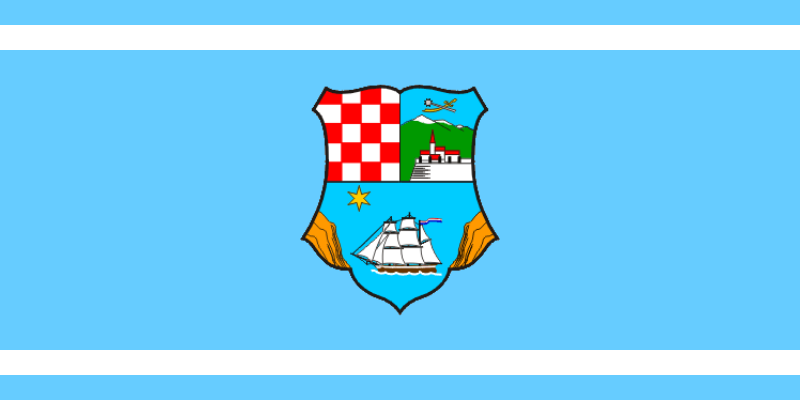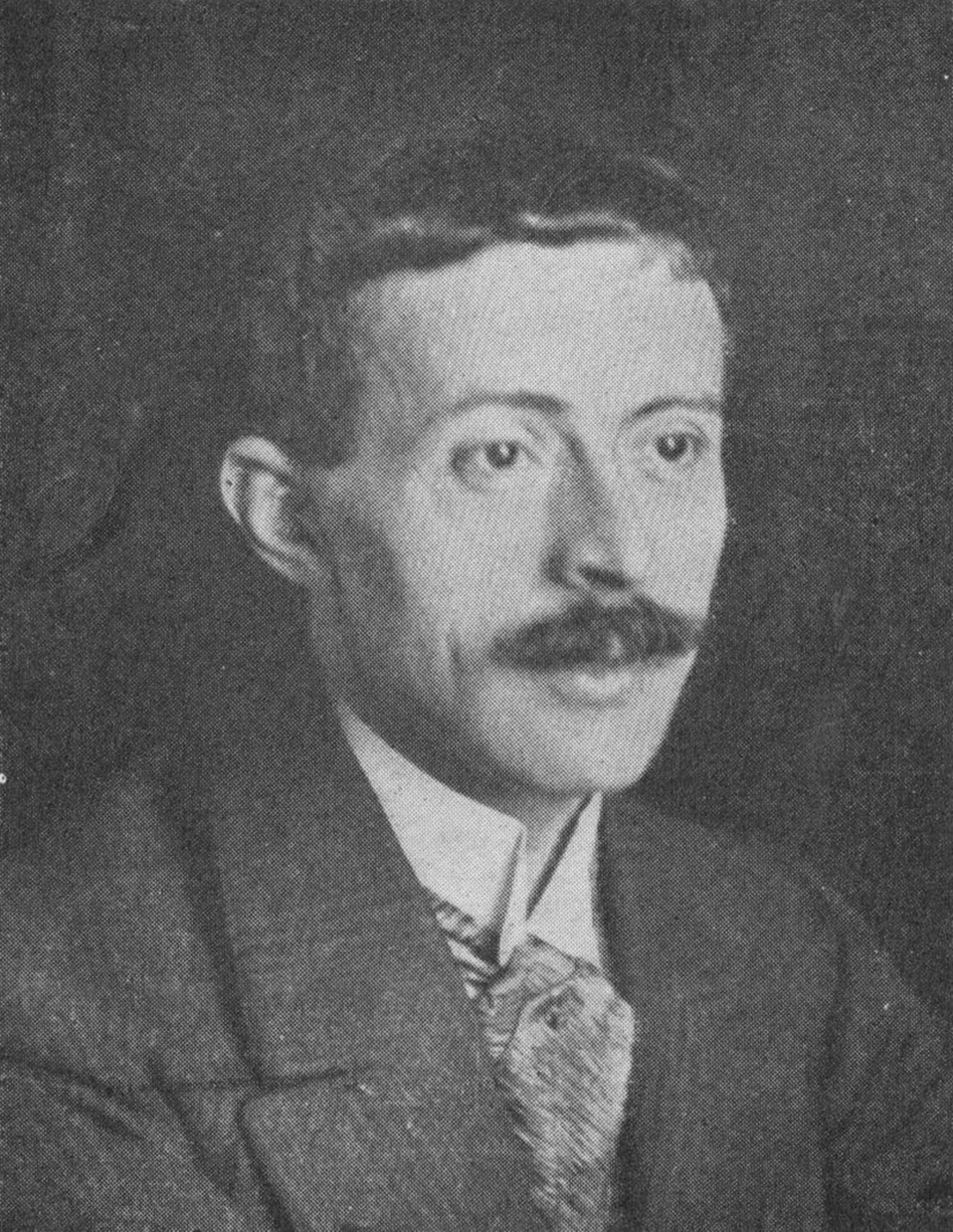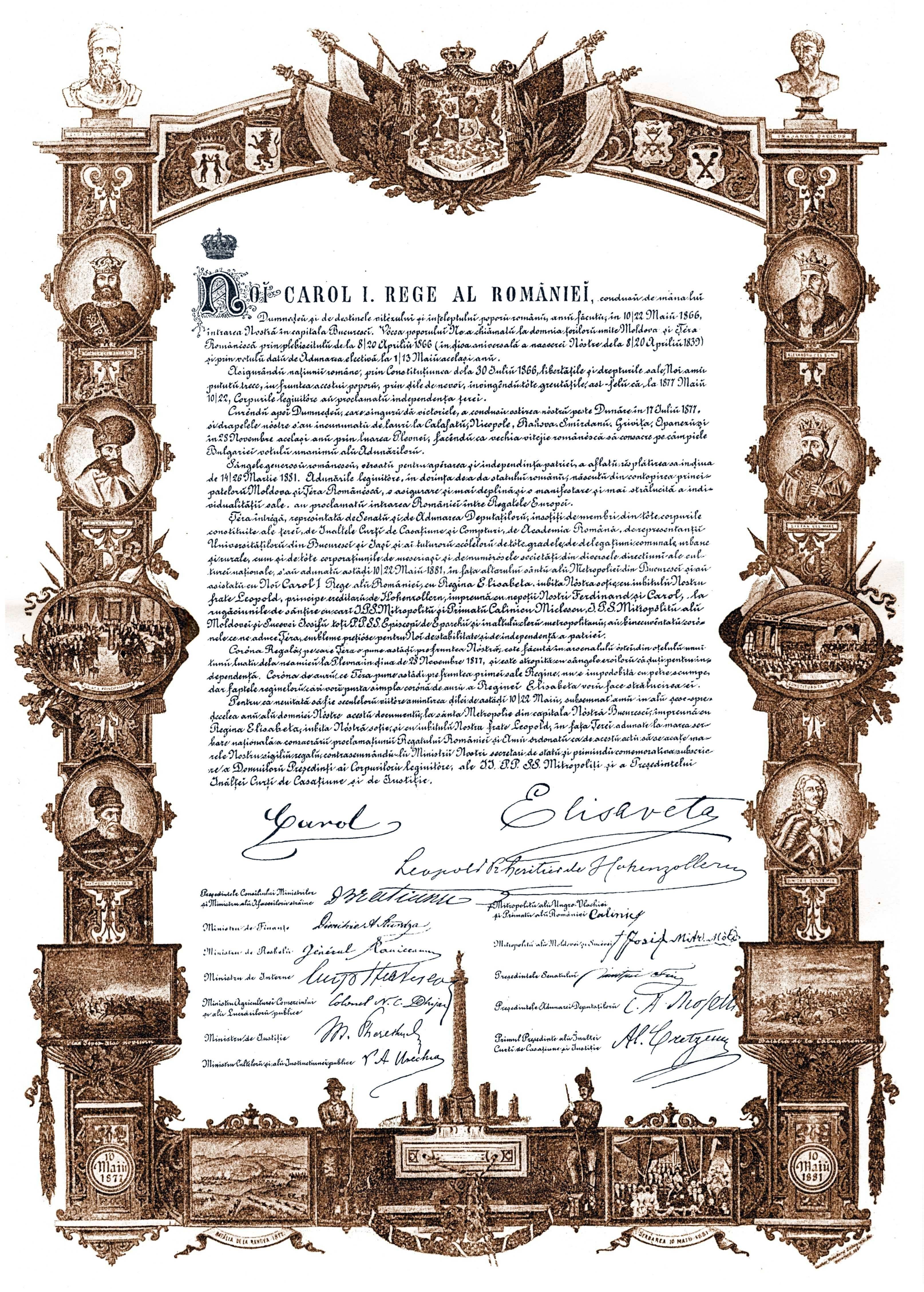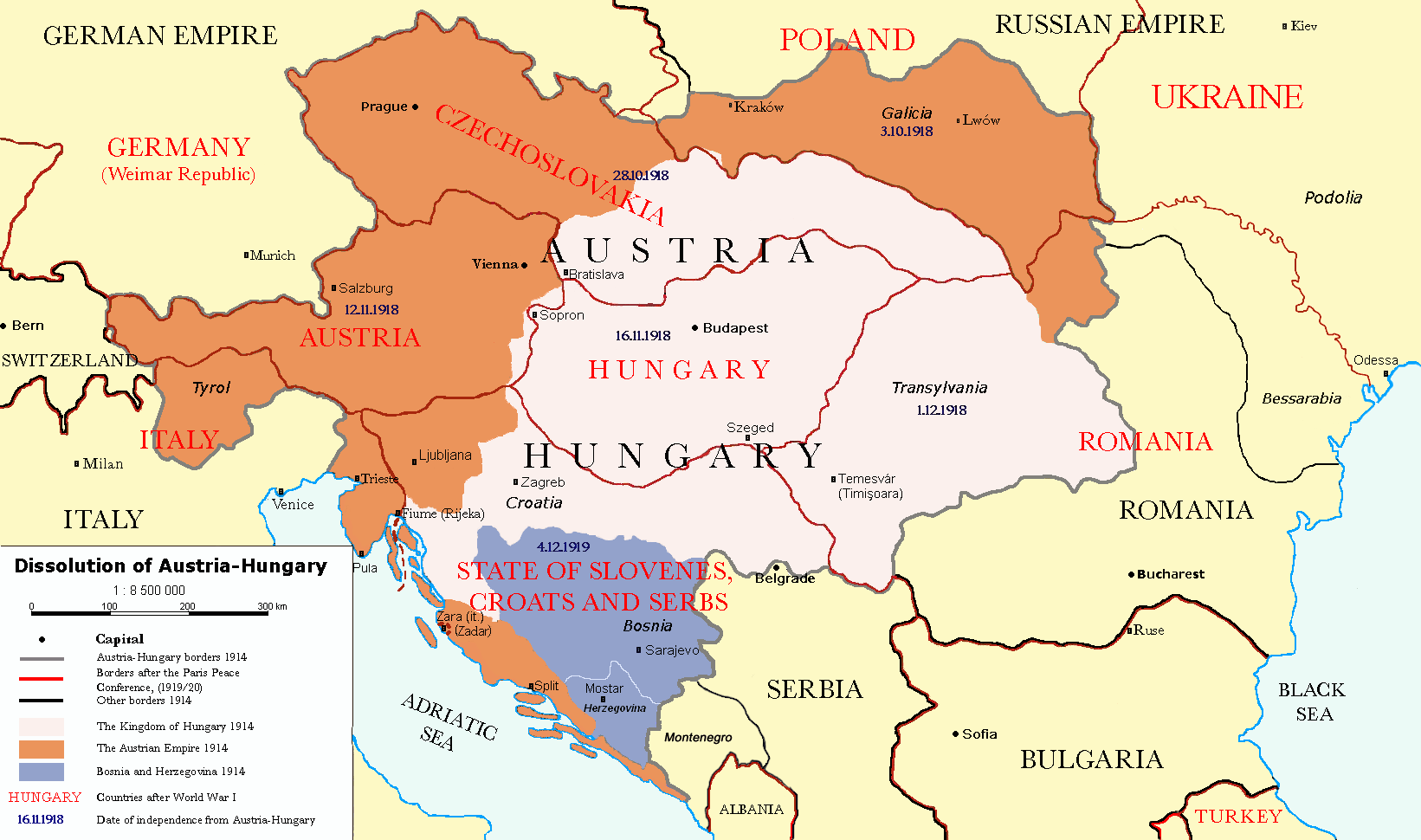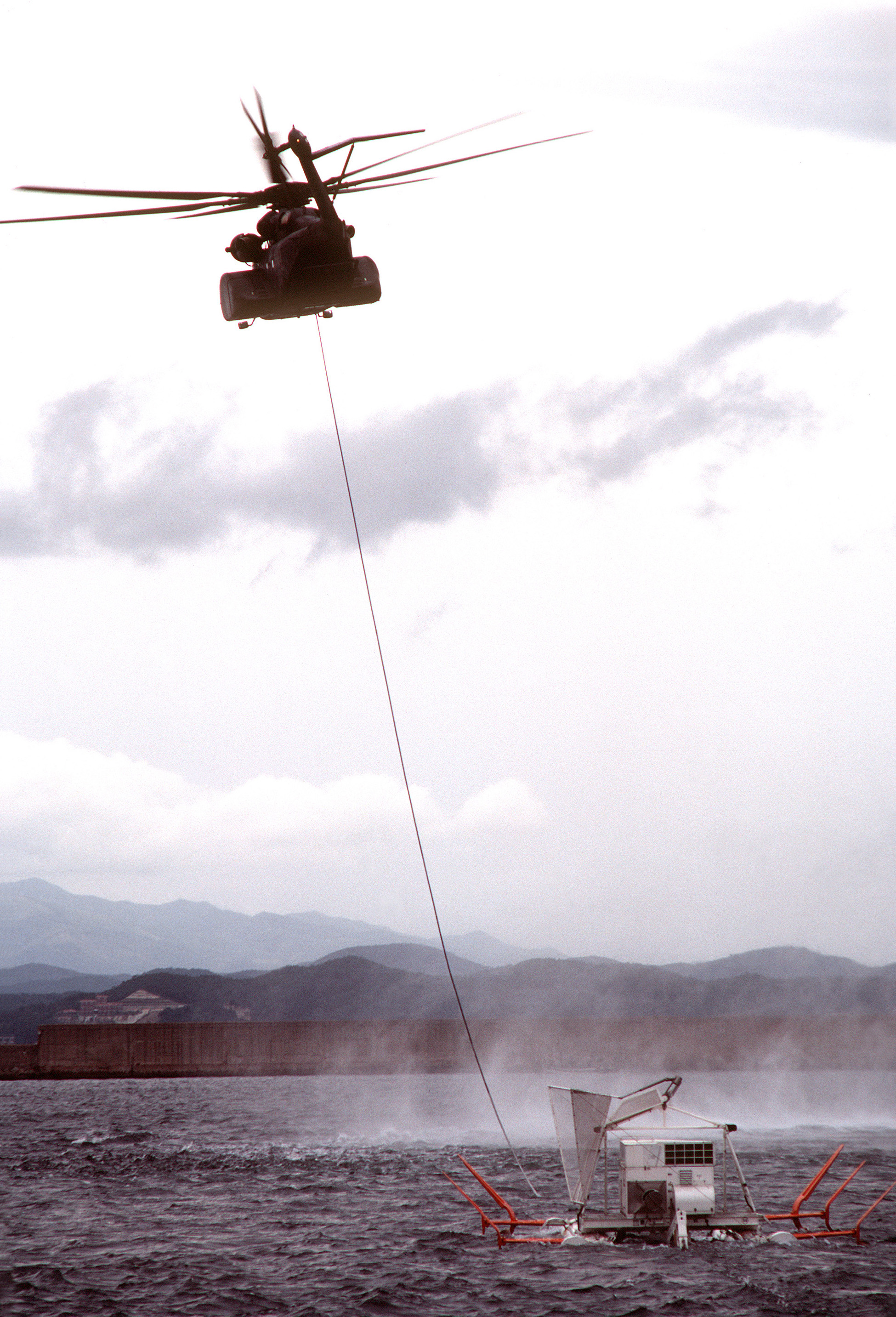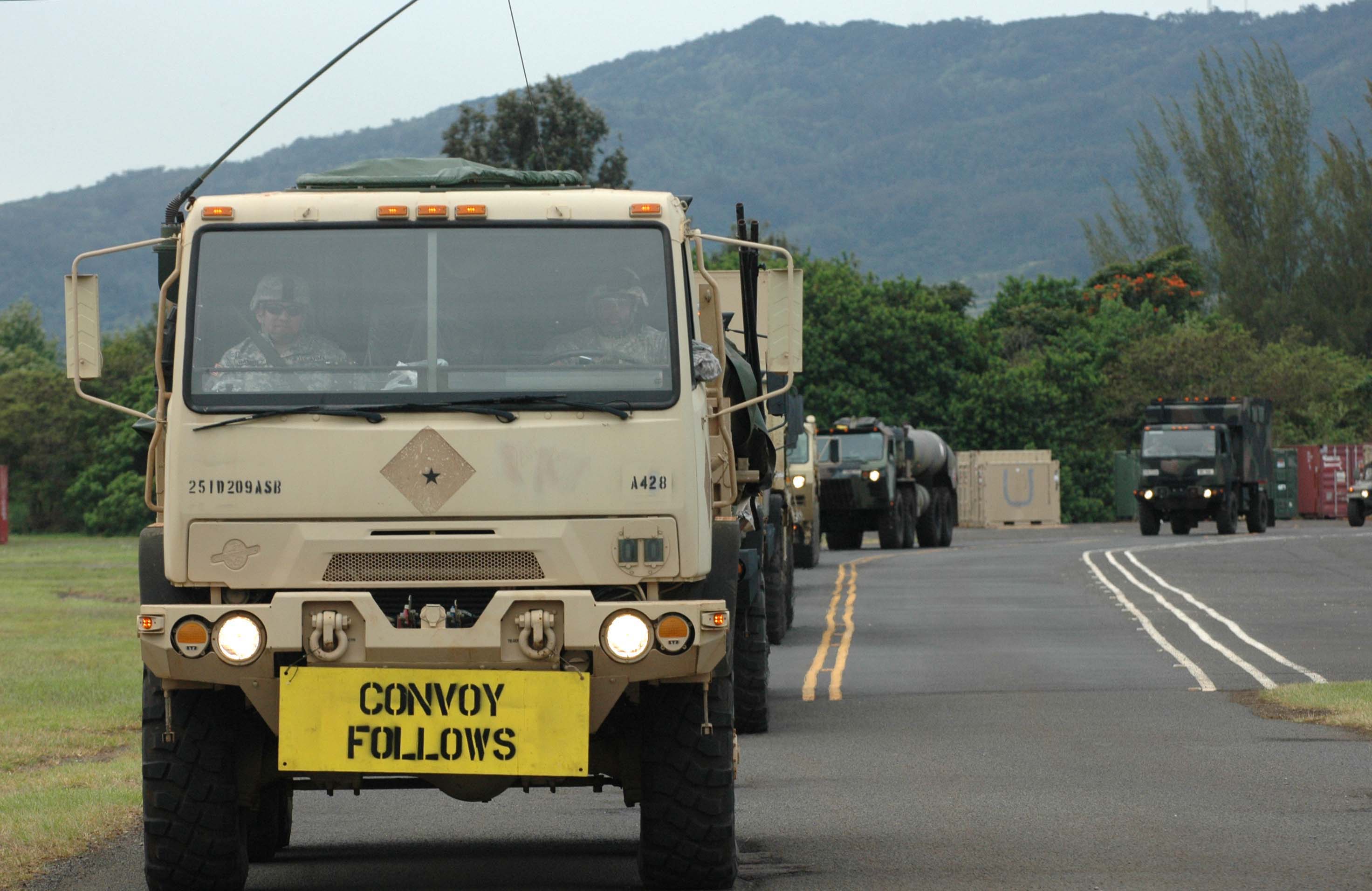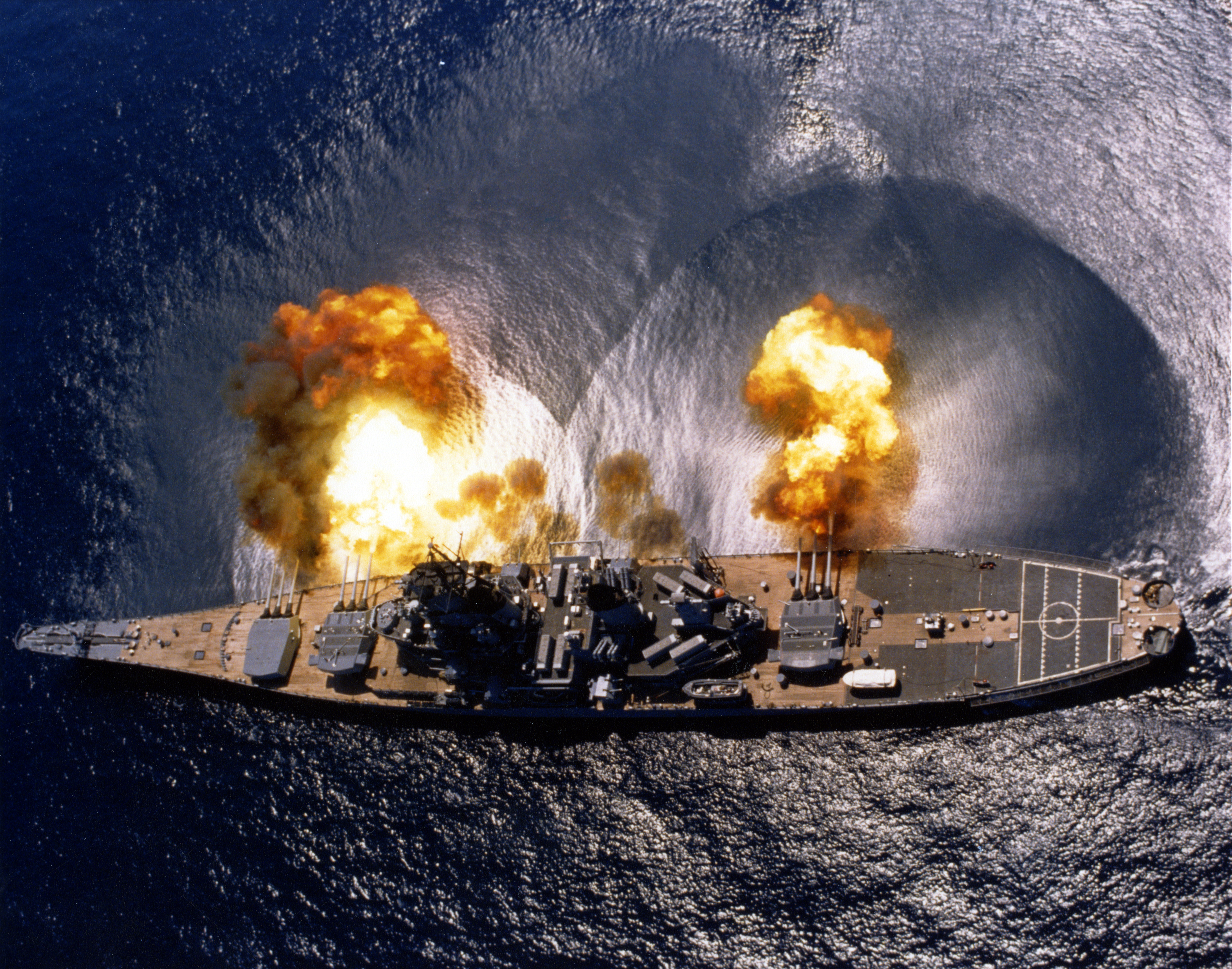|
250t-class Torpedo Boat
The 250t class were high-seas torpedo boats built for the Austro-Hungarian Navy between 1913 and 1916. A total of 27 boats were built by three shipbuilding companies, with the letter after the boat number indicating the manufacturer. There were small variations between manufacturers, mainly in the steam turbines used, and whether they had one or two funnel (ship), funnels. The eight boats of the T-group, designated ''74 T'' – ''81 T'', were built by Stabilimento Tecnico Triestino, located at Trieste, Triest. The sixteen boats of the F-group, ''82 F'' – ''97 F'', were built by Ganz Works, Ganz-Danubius at their shipyards at Rijeka, Fiume and Kraljevica, Porto Re. The three M-group boats, ''98 M'' – ''100 M'', were manufactured by Cantiere Navale Triestino at Monfalcone. All 27 boats saw service in World War I, undertaking Anti-submarine warfare, anti-submarine operations in the Adriatic Sea, shore bombardment missions along it ... [...More Info...] [...Related Items...] OR: [Wikipedia] [Google] [Baidu] [Amazon] |
Austro-Hungarian Torpedo Boat 81T NH 87683
Austria-Hungary, also referred to as the Austro-Hungarian Empire, the Dual Monarchy or the Habsburg Monarchy, was a multi-national constitutional monarchy in Central Europe#Before World War I, Central Europe between 1867 and 1918. A military and diplomatic alliance, it consisted of two sovereign states with a single monarch who was titled both the Emperor of Austria and the King of Hungary. Austria-Hungary constituted the last phase in the constitutional evolution of the Habsburg monarchy: it was formed with the Austro-Hungarian Compromise of 1867 in the aftermath of the Austro-Prussian War, following wars of independence by Hungary in opposition to Habsburg rule. It was dissolved shortly after Dissolution of Austria-Hungary#Dissolution, Hungary terminated the union with Austria in 1918 at the end of World War 1. One of Europe's major powers, Austria-Hungary was geographically the second-largest country in Europe (after Russian Empire, Russia) and the third-most populous (afte ... [...More Info...] [...Related Items...] OR: [Wikipedia] [Google] [Baidu] [Amazon] |
Kraljevica
Kraljevica (known as ''Porto Re'' in Italian and literally translated as "King's cove" in English) is a town in the Kvarner region of western Croatia, located between Rijeka and Crikvenica, approximately thirty kilometers from Opatija and near the entrance to the bridge to the island of Krk. It is part of Primorje-Gorski Kotar County. The town is known for its shipyard which has built a number of ships for the Croatian navy. History Kraljevica is a town that was written about as early as the 13th century. Today, in addition to having the oldest shipyard on the Adriatic, Kraljevica's skyline is dominated by two medieval castles and a church of the Croatian nobles Zrinski and Frankopan. Kraljevica's shipyard employed Josip Broz Tito, the former leader of Yugoslavia, during the first half of the 20th century in his early years of organizing for the Communist Party. After he became marshal of Yugoslavia following World War II, the shipyard took his name, until democratic chang ... [...More Info...] [...Related Items...] OR: [Wikipedia] [Google] [Baidu] [Amazon] |
Kingdom Of Yugoslavia
The Kingdom of Yugoslavia was a country in Southeast Europe, Southeast and Central Europe that existed from 1918 until 1941. From 1918 to 1929, it was officially called the Kingdom of Serbs, Croats, and Slovenes, but the term "Yugoslavia" () has been its colloquial name as early as 1922 due to its origins. "Kraljevina Jugoslavija! Novi naziv naše države. No, mi smo itak med seboj vedno dejali Jugoslavija, četudi je bilo na vseh uradnih listih Kraljevina Srbov, Hrvatov in Slovencev. In tudi drugi narodi, kakor Nemci in Francozi, so pisali že prej v svojih listih mnogo o Jugoslaviji. 3. oktobra, ko je kralj Aleksander podpisal "Zakon o nazivu in razdelitvi kraljevine na upravna območja", pa je bil naslov kraljevine Srbov, Hrvatov in Slovencev za vedno izbrisan." (Naš rod ("Our Generation", a monthly Slovene language periodical), Ljubljana 1929/30, št. 1, str. 22, letnik I.) The official name of the state was changed to "Kingdom of Yugoslavia" by King Alexander I of Yugosla ... [...More Info...] [...Related Items...] OR: [Wikipedia] [Google] [Baidu] [Amazon] |
Kingdom Of Greece
The Kingdom of Greece (, Romanization, romanized: ''Vasíleion tis Elládos'', pronounced ) was the Greece, Greek Nation state, nation-state established in 1832 and was the successor state to the First Hellenic Republic. It was internationally recognised by the Treaty of Constantinople (1832), Treaty of Constantinople, where Greece also secured its full independence from the Ottoman Empire after nearly four centuries. It remained a Kingdom until 1924, when the Second Hellenic Republic was proclaimed, and from the Republic's collapse in 1935 to its 1973 Greek republic referendum, dissolution by the Greek Junta, Regime of the Colonels in 1973. A 1974 Greek republic referendum, referendum following the Metapolitefsi, regime's collapse in 1974 confirmed the effective dissolution of the monarchy and the creation of the Third Hellenic Republic. For much of its existence, the Kingdom's main ideological goal was the Megali Idea (Greek: Μεγάλη Ιδέα, romanized: Megáli Idéa, lit ... [...More Info...] [...Related Items...] OR: [Wikipedia] [Google] [Baidu] [Amazon] |
First Portuguese Republic
The First Portuguese Republic (; officially: ''República Portuguesa'', Portuguese Republic) spans a complex 16-year period in the history of Portugal, between the end of the History of Portugal (1834-1910), period of constitutional monarchy marked by the 5 October 1910 revolution and the 28 May 1926 coup d'état, 28 May 1926 ''coup d'état''. The latter movement instituted a military dictatorship known as ''Ditadura Nacional'' (national dictatorship) that would be followed by the Corporatism, corporatist ''Estado Novo (Portugal), Estado Novo'' (new state) regime of António de Oliveira Salazar. The sixteen years of the First Republic saw List of Presidents of Portugal#First Republic .281910.E2.80.931926.29, eight presidents and List of Prime Ministers of Portugal#First Republic .281910.E2.80.931926.29, 45 ministries, and were altogether more of a transition between the Kingdom of Portugal and the Estado Novo than they were a coherent period of governance. Early years of the R ... [...More Info...] [...Related Items...] OR: [Wikipedia] [Google] [Baidu] [Amazon] |
Kingdom Of Romania
The Kingdom of Romania () was a constitutional monarchy that existed from with the crowning of prince Karl of Hohenzollern-Sigmaringen as King of Romania, King Carol I of Romania, Carol I (thus beginning the Romanian royal family), until 1947 with the abdication of King Michael I of Romania, Michael I and the Romanian parliament's proclamation of the Socialist Republic of Romania, Romanian People's Republic. From 1859 to 1877, Romania evolved from a personal union of two Principality, principalities: (Moldavia and Wallachia) called the Unification of Moldavia and Wallachia also known as "The Little Union" under a single prince to an autonomous principality with a House of Hohenzollern, Hohenzollern monarchy. The country gained its independence from the Ottoman Empire during the Russo-Turkish War (1877–1878), 1877–1878 Russo-Turkish War (known locally as the Romanian War of Independence), after which it was forced to cede the southern part of Bessarabia in exchange for Northern ... [...More Info...] [...Related Items...] OR: [Wikipedia] [Google] [Baidu] [Amazon] |
Treaty Of Saint-Germain-en-Laye (1919)
The Treaty of Saint-Germain-en-Laye () was signed on 10 September 1919 by the victorious Allies of World War I on the one hand and by the Republic of German-Austria on the other. Like the Treaty of Trianon with Kingdom of Hungary (1920–1946), Hungary and the Treaty of Versailles with the Weimar Republic, it contained the Covenant of the League of Nations, Covenant of the League of Nations and as a result was not ratified by the United States but was followed by the US–Austrian Peace Treaty (1921), US–Austrian Peace Treaty of 1921. The treaty signing ceremony took place at the Château de Saint-Germain-en-Laye. Background As a preamble, on 21 October 1918, 208 German-speaking delegates of the Austrian Imperial Council (Austria), Imperial Council had convened in a "provisional national assembly of German-Austria" at the Palais Niederösterreich, Lower Austrian Landtag. When the collapse of the Austro-Hungarian Army culminated at the Battle of Vittorio Veneto, the Social D ... [...More Info...] [...Related Items...] OR: [Wikipedia] [Google] [Baidu] [Amazon] |
Anti-aircraft Warfare
Anti-aircraft warfare (AAW) is the counter to aerial warfare and includes "all measures designed to nullify or reduce the effectiveness of hostile air action".AAP-6 It encompasses surface-based, subsurface (Submarine#Armament, submarine-launched), and air-based weapon systems, in addition to associated sensor systems, command and control arrangements, and passive measures (e.g. barrage balloons). It may be used to protect naval, army, ground, and air forces in any location. However, for most countries, the main effort has tended to be homeland defense. Missile defense, Missile defense is an extension of air defence, as are initiatives to adapt air defence to the task of intercepting any projectile in flight. Most modern anti-aircraft (AA) weapons systems are optimized for short-, medium-, or long-range air defence, although some systems may incorporate multiple weapons (such as both autocannons and surface-to-air missiles). 'Layered air defence' usually refers to multiple 't ... [...More Info...] [...Related Items...] OR: [Wikipedia] [Google] [Baidu] [Amazon] |
Minesweeping
Minesweeping is the practice of removing explosive naval mines, usually by a specially designed ship called a minesweeper using various measures to either capture or detonate the mines, but sometimes also with an aircraft made for that purpose. Minesweeping has been practiced since the advent of naval mining in 1855 during the Crimean War. The first minesweepers date to that war and consisted of British rowboats trailing Grappling hook, grapnels to snag the mines. By ship A sweep is either a contact sweep, a wire dragged through the water by one or two ships to cut the mooring wire of floating mines, or a distance sweep that mimics a ship to detonate the mines. The sweeps are dragged by minesweeper (ship), minesweepers, either purpose-built military ships or converted Commercial trawler, trawlers. Each run covers between , and the ships must move slowly in a straight line, making them vulnerable to enemy fire. This was exploited by the Turkish army in the Battle of Gallipoli i ... [...More Info...] [...Related Items...] OR: [Wikipedia] [Google] [Baidu] [Amazon] |
Convoy
A convoy is a group of vehicles, typically motor vehicles or ships, traveling together for mutual support and protection. Often, a convoy is organized with armed defensive support and can help maintain cohesion within a unit. It may also be used in a non-military sense, for example when driving through remote areas. Naval convoys Age of Sail Naval convoys have been in use for centuries, with examples of merchant ships traveling under naval protection dating to the 12th century. The use of organized naval convoys dates from when ships began to be separated into specialist classes and national navies were established. By the French Revolutionary Wars of the late 18th century, effective naval convoy tactics had been developed to ward off pirates and privateers. Some convoys contained several hundred merchant ships. The most enduring system of convoys were the Spanish treasure fleets, that sailed from the 1520s until 1790. When merchant ships sailed independently, a privateer c ... [...More Info...] [...Related Items...] OR: [Wikipedia] [Google] [Baidu] [Amazon] |
Shore Bombardment
Naval gunfire support (NGFS), also known as naval surface fire support (NSFS), or shore bombardment, is the use of naval artillery to provide fire support for amphibious assault and other troops operating within their range. NGFS is one of several disciplines encompassed by the term ''naval fires''. Modern naval gunfire support is one of the three main components of amphibious warfare assault operations support, along with aircraft and ship-launched land-attack missiles. Shipborne guns have been used against shore defences since medieval naval warfare. Tactics Naval gunfire support is classified into two types: direct fire, where the ship has line of sight with the target (either visually or through the use of radar), and indirect fire, which, to be accurate, requires an artillery observer to adjust fire. When on the gun line, ships are particularly vulnerable to attack from aircraft coming from a landward direction and flying low to avoid radar detection, or from submarines b ... [...More Info...] [...Related Items...] OR: [Wikipedia] [Google] [Baidu] [Amazon] |
Adriatic Sea
The Adriatic Sea () is a body of water separating the Italian Peninsula from the Balkans, Balkan Peninsula. The Adriatic is the northernmost arm of the Mediterranean Sea, extending from the Strait of Otranto (where it connects to the Ionian Sea) to the northwest and the Po Valley. The countries with coasts on the Adriatic are Albania, Bosnia and Herzegovina, Croatia, Italy, Montenegro, and Slovenia. The Adriatic contains more than 1,300 islands, mostly located along its eastern coast. It is divided into three basins, the northern being the shallowest and the southern being the deepest, with a maximum depth of . The prevailing currents flow counterclockwise from the Strait of Otranto. Tidal movements in the Adriatic are slight, although acqua alta, larger amplitudes occur occasionally. The Adriatic's salinity is lower than the Mediterranean's because it collects a third of the fresh water flowing into the Mediterranean, acting as a dilution basin. The surface water temperatures ... [...More Info...] [...Related Items...] OR: [Wikipedia] [Google] [Baidu] [Amazon] |

